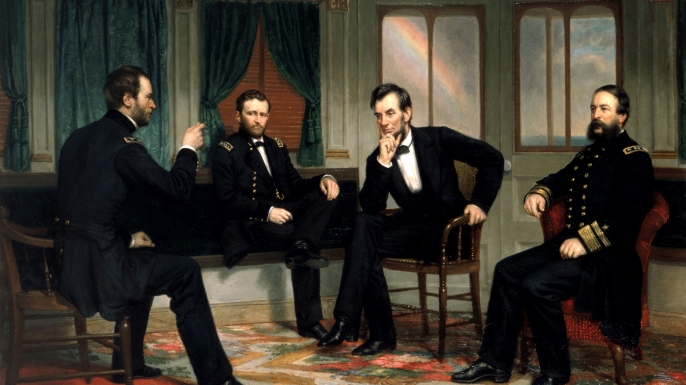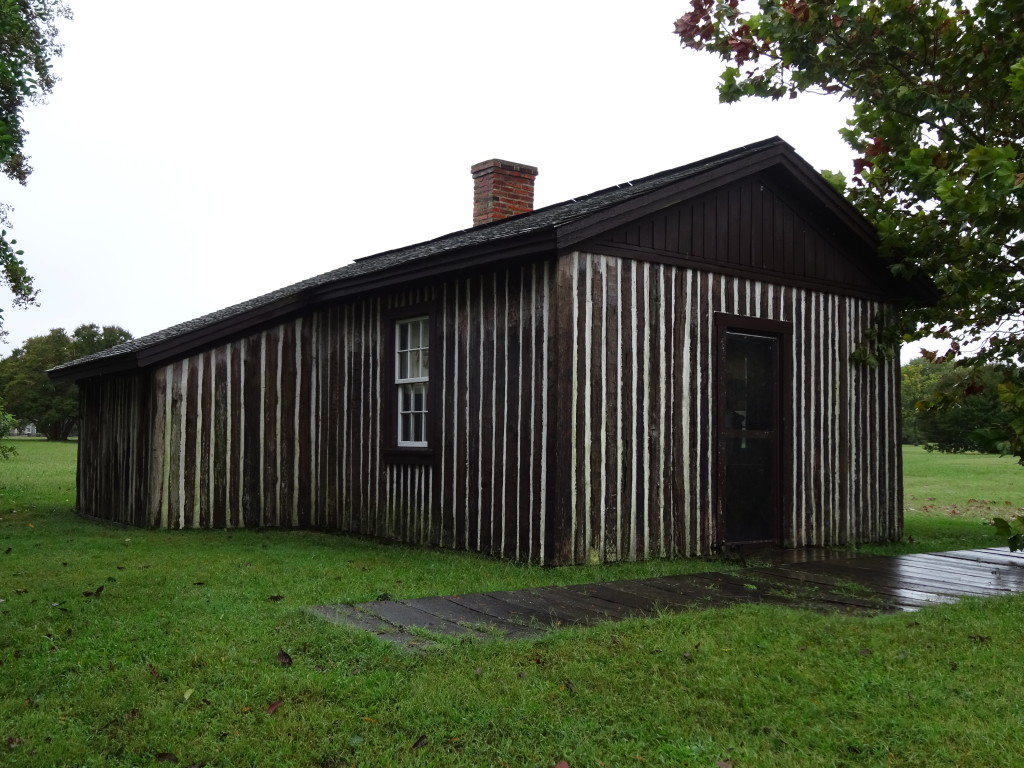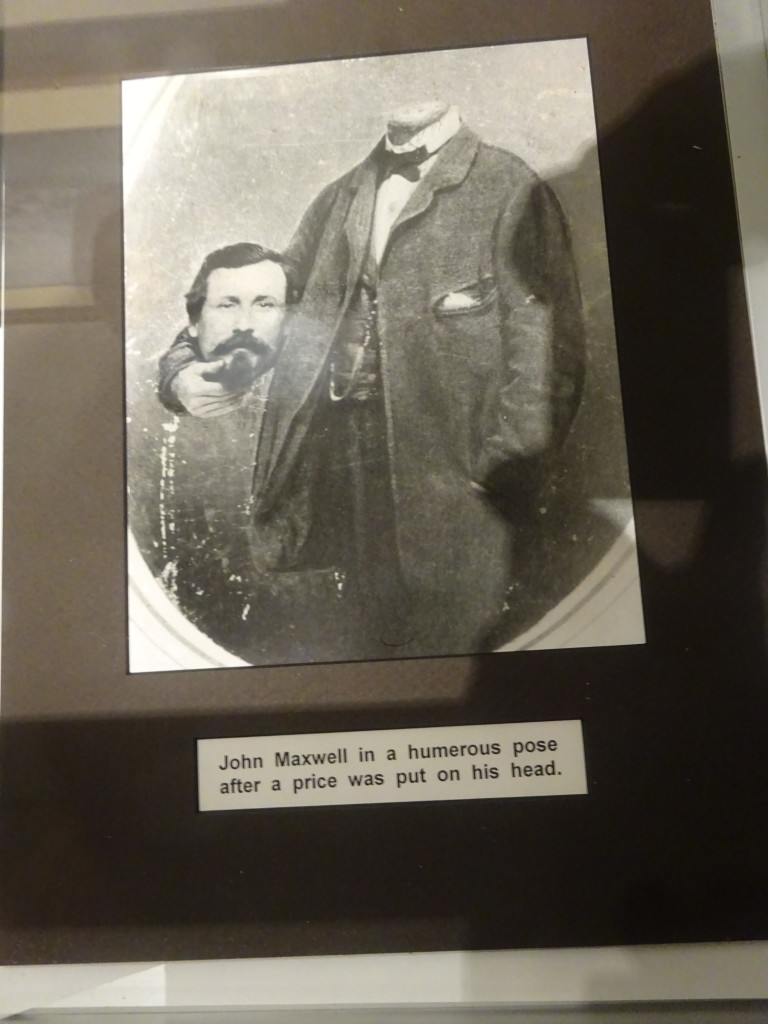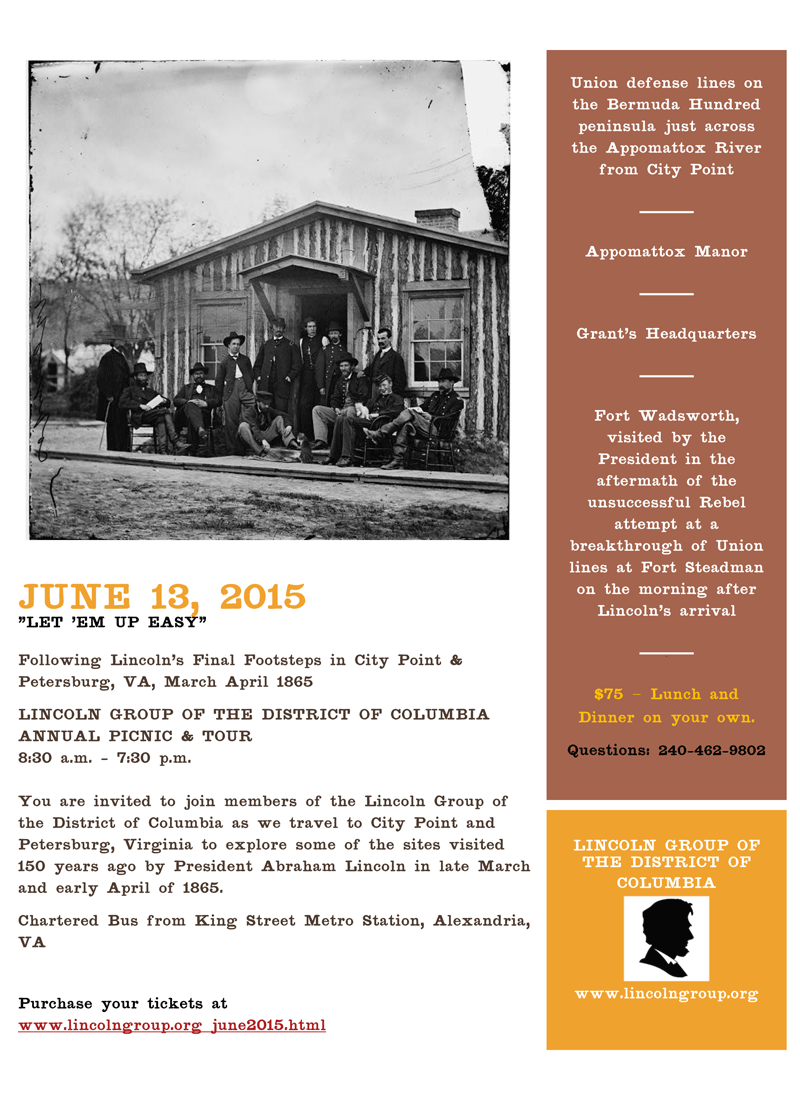On March 20, 1865, President Abraham Lincoln telegraphed Lieutenant General Ulysses S. Grant, who had invited Lincoln to visit him for a “day or two” at City Point, Virginia. Lincoln told Grant that he “had already thought of going immediately after the next rain.” I discuss this visit in a section of my forthcoming book, Lincoln: The Man Who Saved America.

Lincoln at City Point and Richmond
Hearing from Washington that Lincoln looked even more worn out than usual, in March General Grant invited Lincoln to City Point (near Petersburg). Lincoln immediately accepted. He was not alone; Mary insisted on joining him, so a party including Tad Lincoln, a maid, a bodyguard, and a military aide boarded the River Queen on March 23 for the trip. Son Robert, now an adjunct to Grant’s army, met them on their arrival the next evening. Lincoln took time to visit the troops and confer with Generals Grant and Sherman and Admiral David Porter. Overall it was a restful but productive visit. That changed when Mary Lincoln flew into a jealous rage at seeing General Ord’s wife riding “too close” to her husband, after which Lincoln sent Mary back to Washington. Soon after her departure, however, the Union captured Richmond, which the Confederate leadership had abandoned. She insisted on returning, this time bringing a large entourage that included her ex-slave dressmaker, Elizabeth Keckley, who had been born in nearby Petersburg.
During Mary’s absence, Lincoln took Tad into Richmond. After landing at the docks, Lincoln and Tad walked the mile or so to the Confederate White House that had served until a few days earlier as Jefferson Davis’s office. Surrounding him along the way were hundreds of ex-slaves who wanted to see the “Great Emancipator,” while anxious white southerners stared suspiciously from their windows.
On April 8, Lincoln visited the Depot Field Hospital at City Point. Over the course of a full day he shook the hands of more than 6,000 patients, including a few sick and wounded Confederate soldiers. Feeling the pressure of business, Lincoln left City Point to return to Washington that evening. The next day, Lee surrendered his army to General Ulysses S. Grant, effectively ending the war.
The mood in Washington was euphoric. After four long years the war was essentially over.
That mood would dramatically change only a few days later as Lincoln was struck down by an assassin’s bullet. The making of Lincoln’s legacy, both myth and reality, would begin immediately.
[The above is adapted from Lincoln: The Man Who Saved America.]
David J. Kent is an avid science traveler and the author of Lincoln: The Man Who Saved America, now available. His previous books include Tesla: The Wizard of Electricity and Edison: The Inventor of the Modern World (both Fall River Press). He has also written two e-books: Nikola Tesla: Renewable Energy Ahead of Its Time and Abraham Lincoln and Nikola Tesla: Connected by Fate.
Check out my Goodreads author page. While you’re at it, “Like” my Facebook author page for more updates!
Follow me by subscribing by email on the home page. Share with your friends using the buttons below.



 “Let ’em up easy,” said Abraham Lincoln when asked how to treat the citizens of Petersburg after the long siege was to leave the city defeated. Lincoln wanted to end the war, reunite the nation, and move to the future of these United States. But first the Union needed to get the job done. Not an easy task.
“Let ’em up easy,” said Abraham Lincoln when asked how to treat the citizens of Petersburg after the long siege was to leave the city defeated. Lincoln wanted to end the war, reunite the nation, and move to the future of these United States. But first the Union needed to get the job done. Not an easy task.










